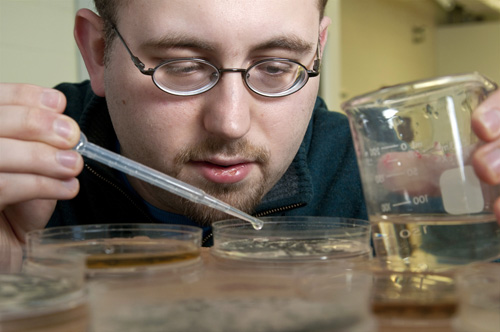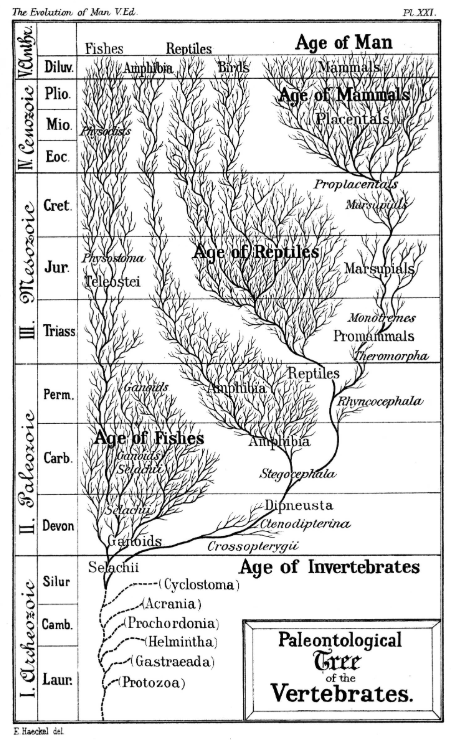Biology Letters has just published its latest Special Feature on ‘Putting fossils in trees: combining morphology, time, and molecules to estimate phylogenies and divergence times’.

Tell us about yourself and your research
I’m a palaeobiologist continually obsessed with phylogenies: how we infer evolutionary relationships, how we date when lineages diverged, and how we can use them to say something about evolutionary processes.
What made you commission this Special Feature in Biology Letters?
I was motivated by my belief that the intersection of palaeobiology and evolutionary biology has been greatly accelerated by new methodological advances in how data from the fossil record is used in phylogenetics. Giving a platform to how we can improve and maximize phylogenetic palaeobiology is a means to an end: from changing the face of how we do systematics in palaeontology, through to improving how evolutionary biologists and palaeontologists view each other’s work. Altogether, this helps everyone better understand the problems and strengths that the fossil record can bring toward building an inclusive tree of life.
The last five years has only cracked the lid on the possibilities, and I expect that how we can use fossil data with phylogenetic methods will grow even more as a research area over the next five years.
Did you learn anything new from the articles?
Yes – I think there’s a lot to take away in terms of methodological details for those of us using a lot of these newer methods for inferring or dating phylogenies, or for inferring patterns of trait or biogeographic evolution from phylogenies. One of the articles that made the largest impact on me was from Matzke & Wright, who put serious thought into the best practices that we should employ and give some cautionary tales about why we need to think hard about what might seem like minor details.
What’s next for you?
When we date the branching times between fossil taxa using the model-based methods (as applied by many of the papers in our Special Feature), we begin considering potential ancestor-descendant relationships in a way that simply has no correspondence to divergence dating for living, extant taxa. I think this is a major overlooked area, and the quantitative inference of those ancestor-descendant relationships opens the door to addressing many questions in macroevolution. Fundamentally, I think such patterns of how descendants originate from their ancestors is central to how many conceive as ‘evolution’, even though we don’t talk about that much in modern evolutionary biology. So, hopefully, in another decade, systematic biologists will comfortably talk about not just sister-sister relationships, and dating the divergences on a tree, but we will also be discussing which taxa are likely direct ancestors to which descendants.

